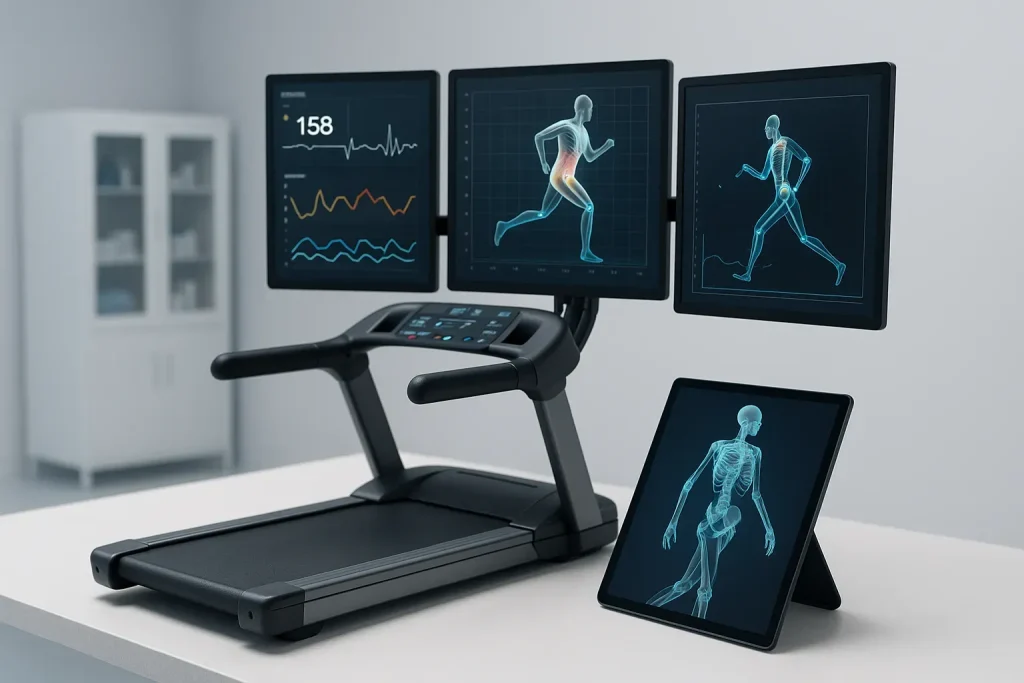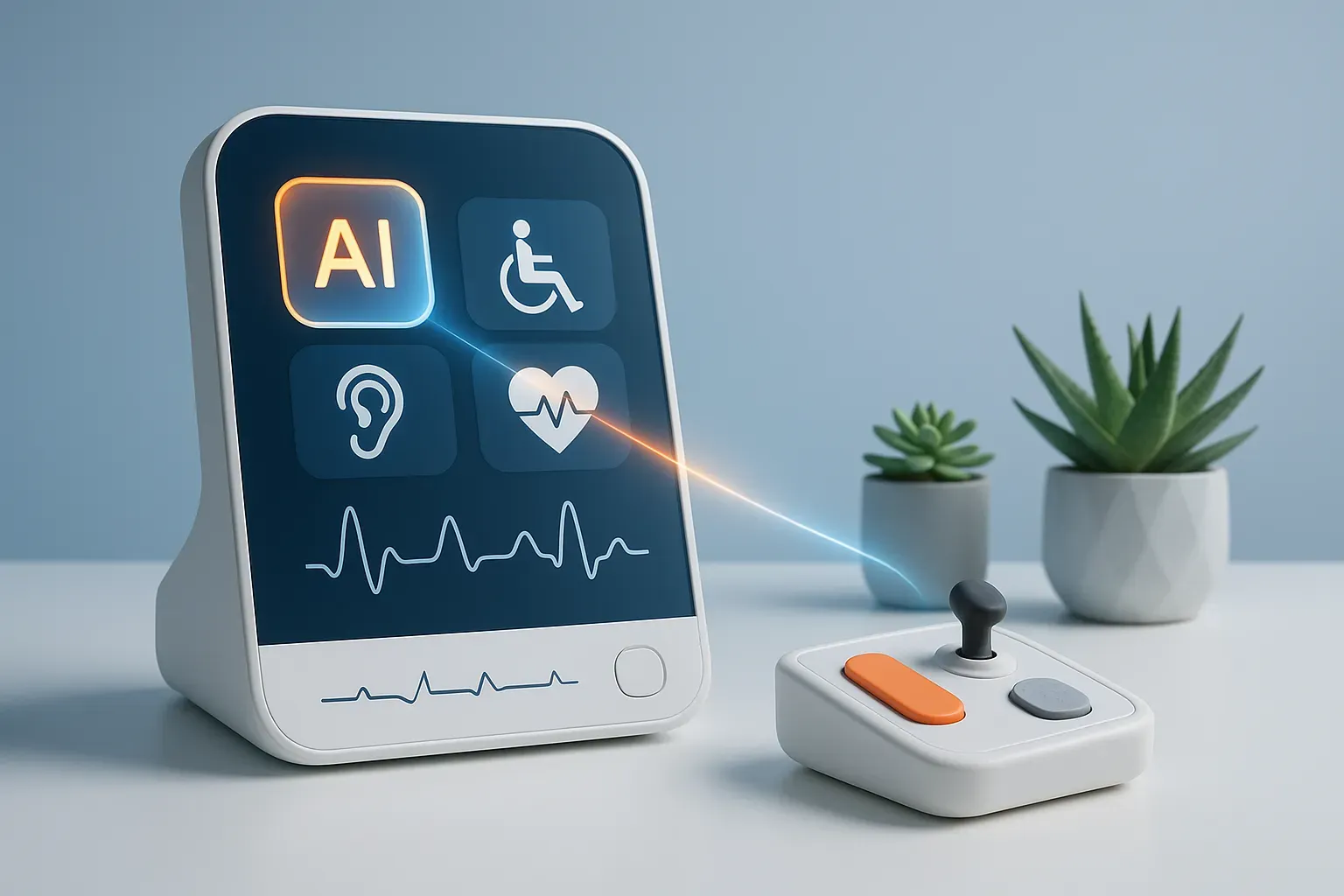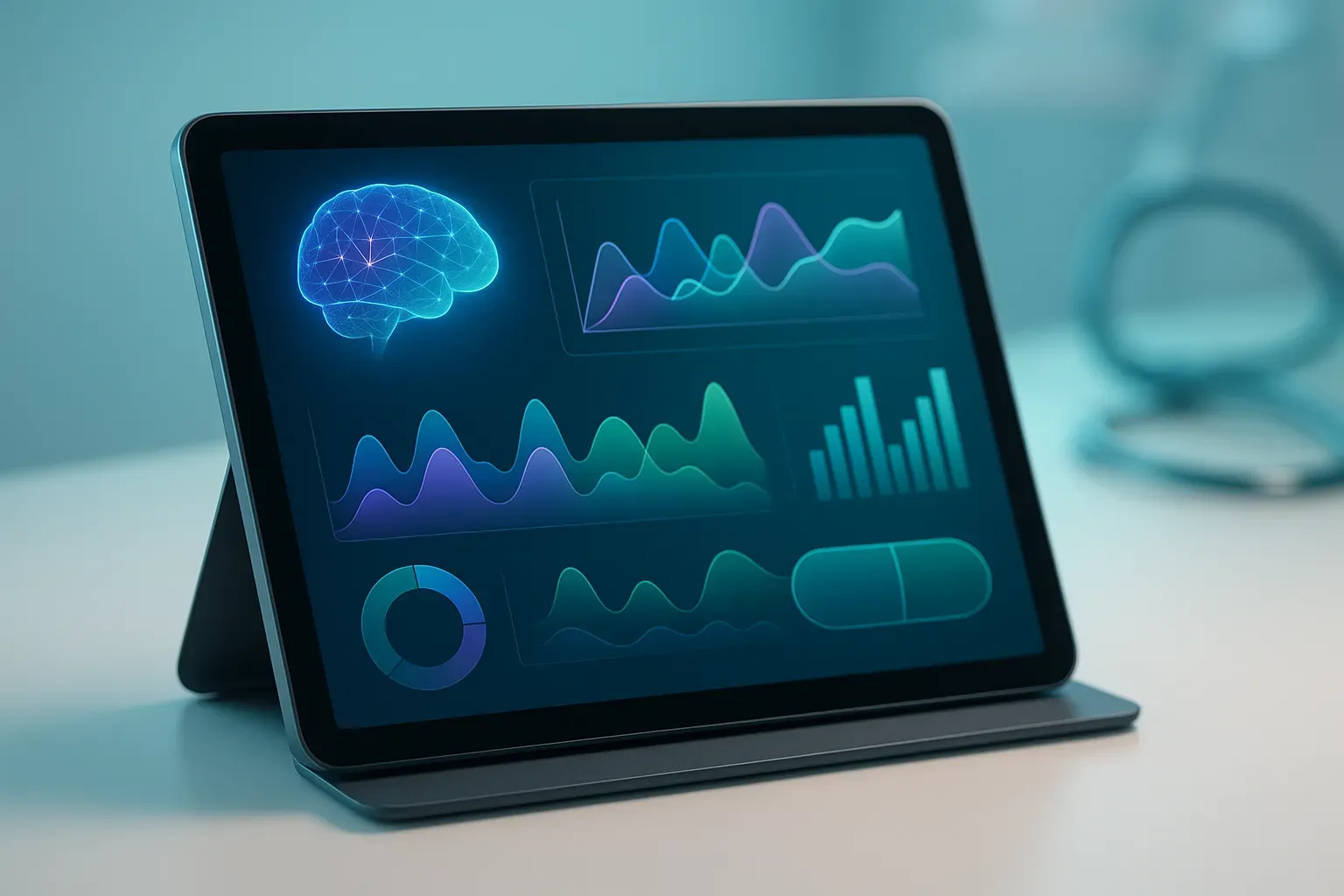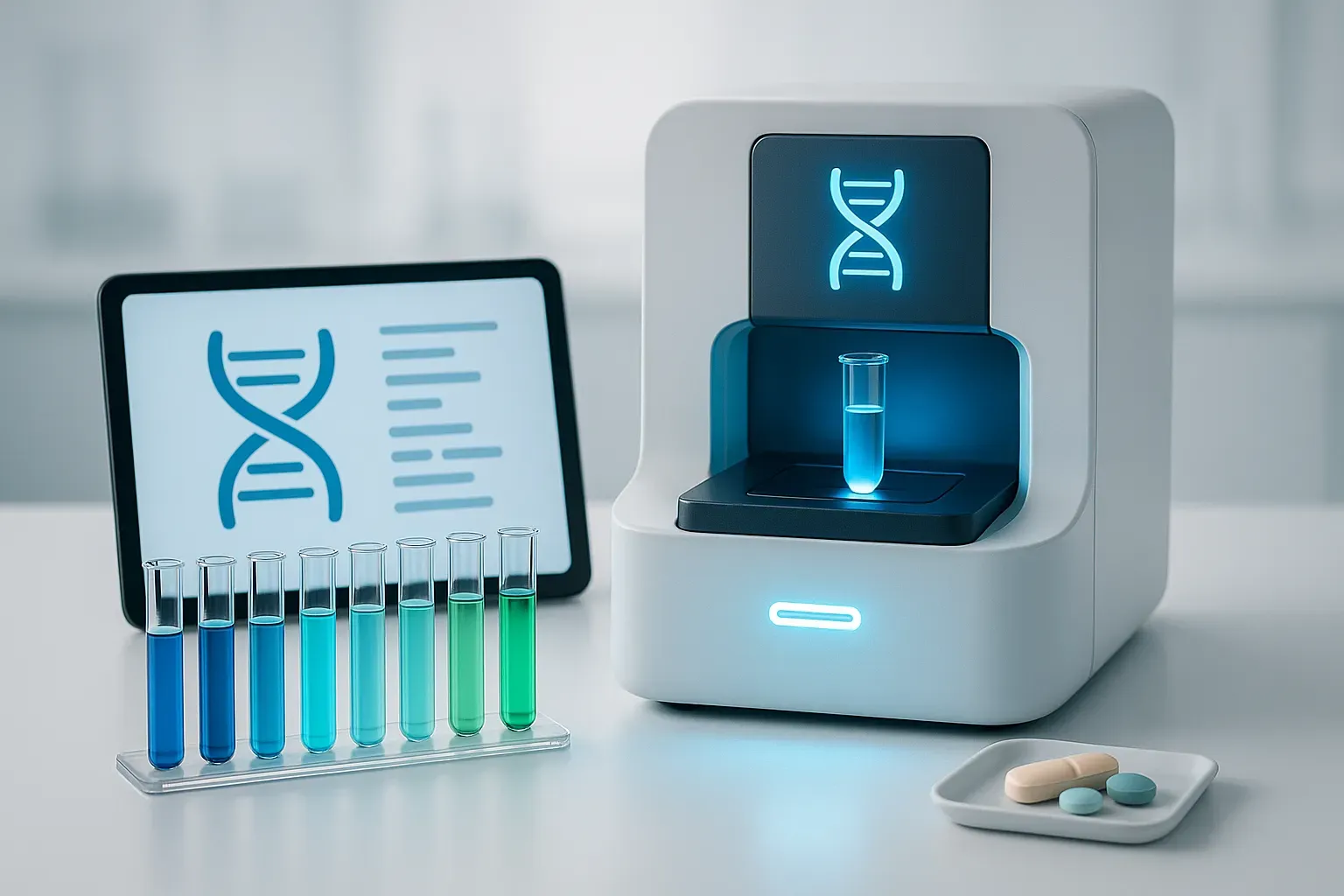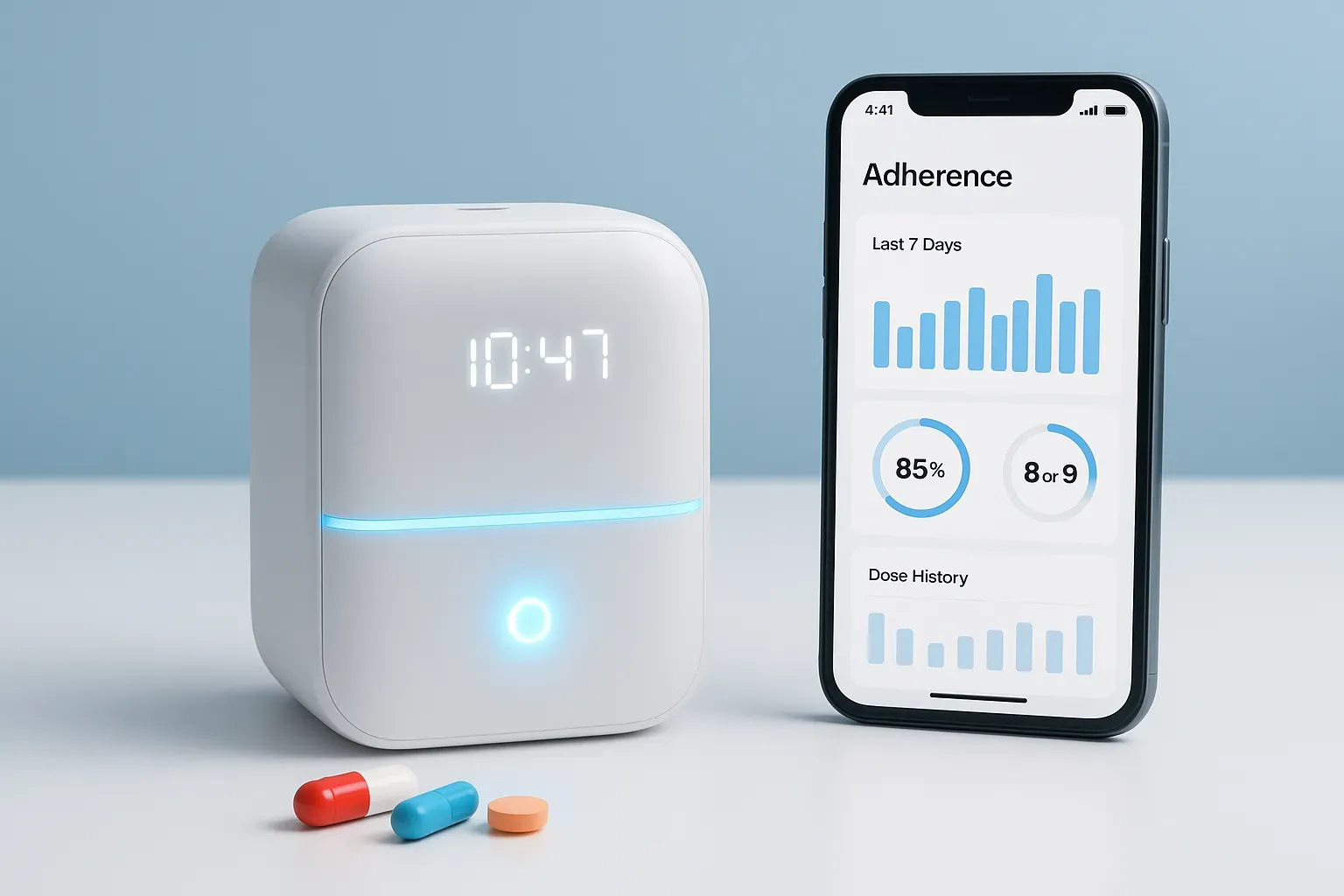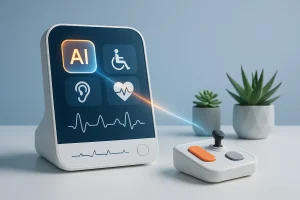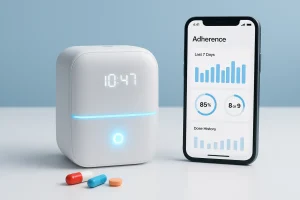Recent developments in digital health are revolutionizing sports medicine with cutting-edge technologies that monitor and enhance athlete recovery. Leading experts in the field reveal how real-time data and predictive models are transforming athlete care from reactive to proactive approaches. These digital metrics and feedback loops offer powerful tools for medical professionals, though specialists caution they should serve as guides rather than absolute rules in treatment decisions.
- Real-Time Data Transforms Athlete Recovery Progress
- Feedback Loops Create Responsive Athlete Care Systems
- Use Digital Metrics as Guide Not Rule
- Predictive Models Shift Medicine from Reactive to Proactive
Real-Time Data Transforms Athlete Recovery Progress
In sports medicine, I’ve found that using digital health tools like mobile apps and wearable trackers has made a big difference in how I care for athletes. For example, many of my patients recovering from knee or shoulder injuries now use apps that track their exercise routines and share progress in real time. This not only helps me monitor their recovery more closely but also keeps them motivated, since they can see their own improvement day by day.
In fact, similar results have been observed in broader clinical settings. For instance, after total knee arthroplasty, patients using wearable devices like an Apple Watch paired with a digital care app showed meaningful improvements in step counts, gait speed, and standing time by six months post-op. Many of those gains were still present at the one-year mark.
Being able to adjust rehab plans quickly based on real-time data has made recovery smoother and safer for many athletes in my care. The objective feedback also reinforces their commitment to the process.
One tip I’d share with others in this field is to keep digital health simple and athlete-friendly. Not every patient will use complex apps or devices. However, if you choose easy-to-use tools that clearly track progress, such as steps, range of motion, or pain levels, athletes are more likely to stay engaged. When used thoughtfully, these tools build a stronger connection between the doctor and the patient. That teamwork really speeds up recovery and helps reduce the risk of reinjury.

Feedback Loops Create Responsive Athlete Care Systems
We stopped treating athlete care like a clinic visit—and started treating it like a control system.
We built a digital health stack that acts like a feedback loop. Wearables (HRV, sleep, GPS/IMU), athlete-reported data (pain, RPE, mood), and field tests (CMJ via phone cam, isometric mid-thigh pulls, ROM via computer vision) all feed into a dashboard. That dashboard flags three key systems daily: readiness, tissue tolerance, and neuromuscular output.
If readiness is low, we don’t cancel—we shift the cost. We use low-fatigue inputs like isometrics or technique drills. If jump test asymmetry or RSI drops, we dial back plyometrics and add joint-friendly primers like vibration and long-length isometrics. If tissue load trends hot (via monotony & strain, not just ACWR), we inject low-load skill work.
It’s not perfect, but it’s worked. Soft tissue setbacks are down. Return-to-play is faster. And buy-in is higher—because athletes don’t feel micromanaged, they feel understood.
One tip: Pick one KPI per system—and actually close the loop.
– Readiness: HRV (7-day rolling) + sleep regularity
– Tissue load: EWMA monotony & strain
– Output: RSI-mod & asymmetry
Then codify simple rules. If RSI drops >10%, pull plyometrics and extend the warm-up. If readiness is red, reduce eccentric volume by 30% and use WBV + isometrics as a primer. If monotony creeps above 2.0, add a low-load technical day.
Clarity drives compliance. The simpler the dashboard, the more likely it gets used.

Use Digital Metrics as Guide Not Rule
I’ve seen digital health make a real difference in sports medicine by giving both athletes and practitioners precise, real-time insights. Wearable devices, for example, can track heart rate variability, sleep quality, and recovery metrics, which helps tailor training loads and prevent overuse injuries. Telehealth consultations also make it easier to check in on rehabilitation progress without disrupting an athlete’s schedule.
One tip I’d offer is to use the data as a guide, not a rule. It’s easy to get caught up in numbers, but combining objective metrics with how the athlete actually feels ensures care is personalized and effective. Digital tools work best when they complement, rather than replace, hands-on evaluation and communication.

Predictive Models Shift Medicine from Reactive to Proactive
I have leveraged digital health to fundamentally enhance sports medicine and athlete care by integrating complex, multi-source data, often referred to as multi-omics and digital biomarkers, into personalized training and injury prediction models. Instead of relying solely on subjective reports or periodic lab tests, we utilize a system that combines real-time physiological data from wearables, such as heart rate variability, sleep quality, and GPS workload, with diagnostic predictive biomarkers and imaging innovations. These innovations include AI-assisted analysis of MRI/CT scans for earlier injury detection and advanced genetic/epigenetic information. The key scientific enhancement here is the shift from reaction to proactive prediction.
For example, machine learning algorithms analyze a continuous stream of an athlete’s physiological recovery data, such as HRV, resting HR, skin temperature, alongside training load metrics to predict, with over 85% accuracy in some studies, an athlete’s risk of an overuse injury in the next 72 hours, allowing for immediate modification of training volume to prevent harm. This data-driven approach moves beyond general fitness guidelines to hyper-personalized care, tailoring not only workout intensity but also recovery protocols based on an individual’s unique biological response.
My recommendation is to always focus on data integration over data collection. The power of digital health is not in generating another line of data on a spreadsheet; it is in building actionable, predictive models that link seemingly disparate variables, such as an athlete’s genetic predisposition to inflammation, their daily sleep latency from a wearable, and their emotional state, often tracked through heart rate variability patterns to provide a single, prioritized recommendation for the medical team or the athlete. Suppose the data cannot be integrated and translated into a clear decision, e.g., “reduce eccentric loading by 20% today” instead of just “you are fatigued.” In that case, it remains a burden, not a benefit.


